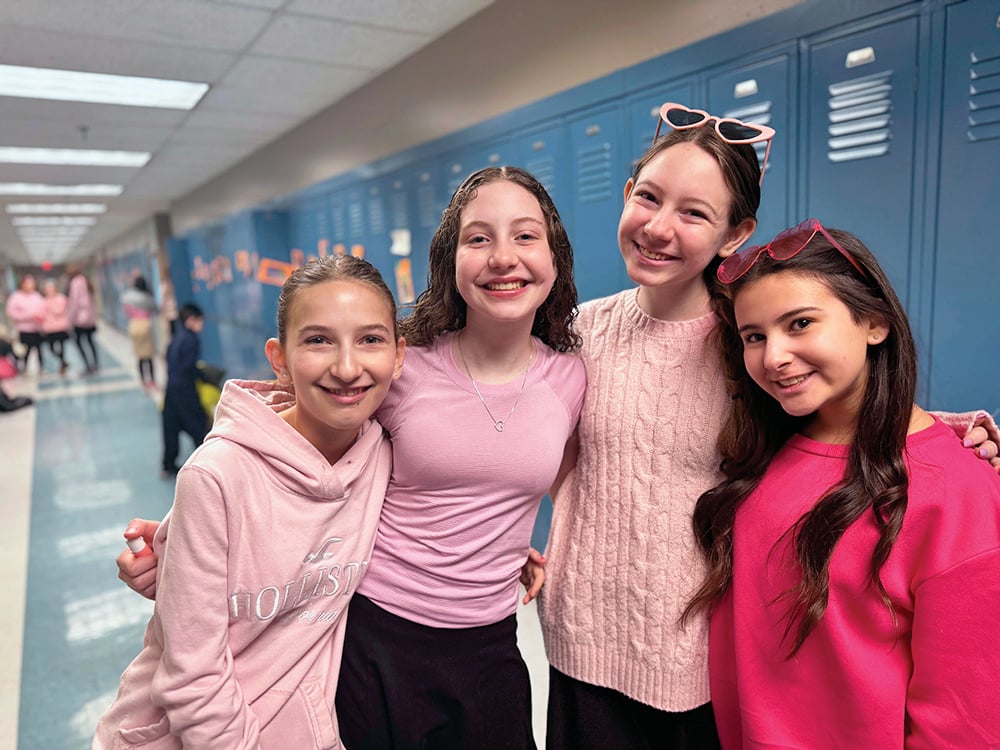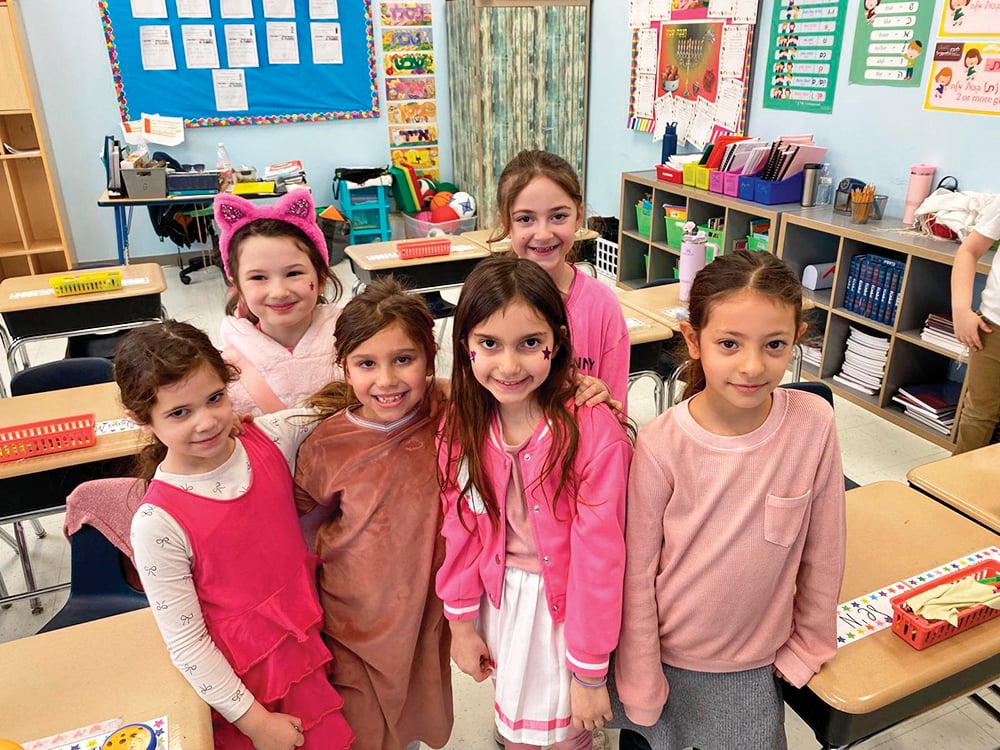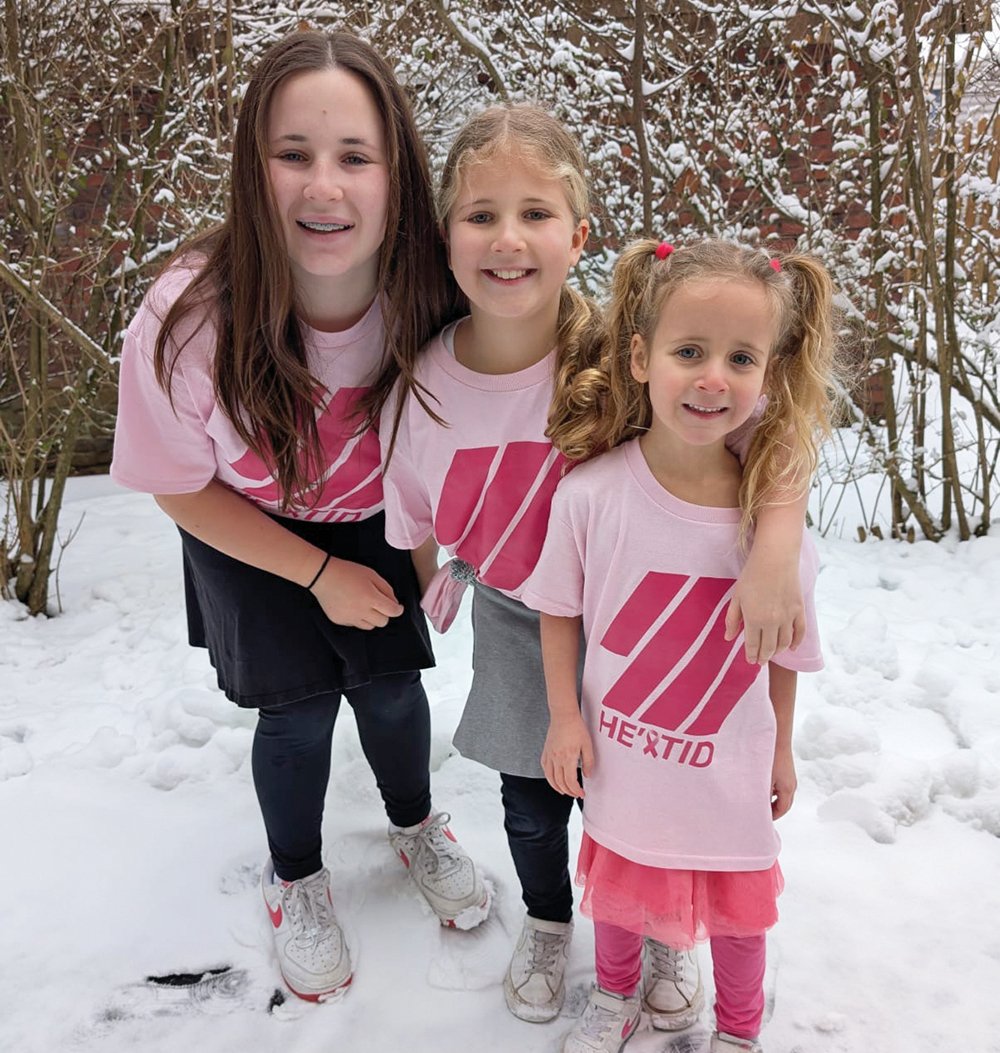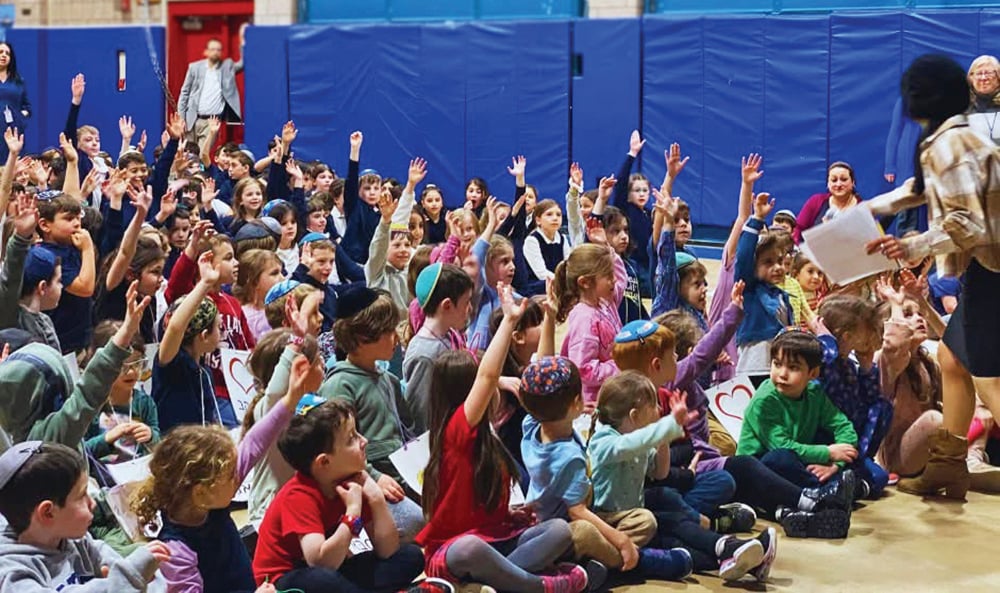I always wanted to homeschool. When my oldest child was born, I was determined to do just that. Although I was working as a middle and high school assistant principal at the time, my son was my sidekick. I was fortunate to work close to home and the most wonderful woman who helped me care for him while I was at work was a school parent. She would occasionally bring him to school for visits and host my students in my home after school where they’d often arrive before I did, wanting to see the baby. He was our mascot. By the time he reached school age, I was working at a different school further from home and enough social pressure had gotten to me by then, making me realize that maybe homeschool would not be as dreamy as I thought—for me or for him. Many years have since passed, we learned from school-related trials and errors along the way, and unexpectedly my homeschool dream still came true. Yes, I was hired by another family, and yes, I realize that is exponentially different from teaching your own child, but it was one of the most rewarding experiences of my life. My oldest continued to be involved in inspiring my lessons and even joining a few when his schedule allowed. One thing that has become abundantly clear is that whenever or wherever I teach, I like the feel of home.
These past few weeks have brought to light certain nuanced aspects of education, among many other things. There has been no shortage of conversation about long-distance learning or of memes on homeschooling. I have been watching this unfold for my own children as a parent and as an educator with homeschool experience. I am thankful for the hard work and dedication of our teachers and administrators as well as of fellow parents and classmates for going above and beyond to continue our learning together. It is truly remarkable how carefully and creatively our schools have been adapting to the times and keeping learning as consistent as possible for our children. As we continue to navigate this uncharted territory, I would like to share a few thoughts on the transition from learning at school to learning at home.
First, continuing the school curriculum from home is challenging—sometimes exciting and at times overwhelming, but it is not homeschooling. I think it is important to differentiate between long-distance learning and homeschooling in hopes of readjusting some expectations. In a typical homeschool plan, a parent or someone hired by the parent is designated as an in-person educational guide. In this case of long-distance learning, although students are learning from home, their classroom teachers are instructing electronically, while parents are generally preoccupied with their own work and household responsibilities. Trying to simulate at home what is accomplished at school, for both teachers or parents, is unrealistic. In order to successfully adapt the school programming, it is necessary to shift gears and enter a different headspace. It is important to reconsider the new learning environment, for both educators and students, so valuable to their teaching and learning. In the process of doing so, we may discover valuable takeaways to incorporate even when schools reopen.
There are some areas where I think it can be most helpful to differentiate between these distinct learning modalities. They include opportunities for movement, access to personal items and spaces, the types of “distractions” to contend with and types of independent work that are most appropriate. In our long-distance-learning model, educators have a unique opportunity to promote self-directedness in learning to make for both flexibility to different home environments as well as to allow students to showcase unique talents or routines. Whether a student has an instrument they play, favorite sports equipment they use, a pet they care for, favorite recipe they make or gardening they tend to, they can use these tools and skills to demonstrate their learning in a personalized way. Seeming distractions at home can be embraced to enhance learning too, including communicating with family members and participating in joint activities. On this note, it can also be helpful for teachers to provide as much cross referencing between subjects as possible, which could offer teachers peer support in their preparations, as well as students a more unified overall learning experience. Additionally, with regard to homework, it is worthwhile to note that students’ and teachers’ attention is being tried from this quick switching of gears in learning, and that any independent work expectations beyond the virtual school day ought to be centered on being helpful in the home—whether to a parent, sibling, general household chores or connecting with a neighbor or friend. There are great practical skills built from strengthening this sense of community and personal responsibility.
Other areas that are worthwhile to bring attention to are related to maintaining physical fitness, a positive mindset and staying spiritually connected and inspired. With regard to physical fitness, realize there are different food and space opportunities at home, and it can be helpful to devote attention to making healthy food choices and time for exercise. Spending time outdoors can be so helpful for body and mind and should also be encouraged. As far as maintaining a positive mindset, it is best to lead by example, and then to encourage students to give back by listing (or creating an artistic rendering of) inspirational quotes or things that people have done for them that lifted their spirits and left a positive impression. There is a wonderful opportunity here for students to personalize the wonderful gestures being made for them, to reflect on the good they receive, and pay it forward. Spiritually, there is a calling here as well, to approach kavana in a unique way and experience an alignment of one’s prayer community with their home environment. It can be very powerful for a child to feel simultaneously connected to a tzibbur, even virtually, and to their family, at home. Ask students about it. Allow them to share about a favorite room in their home to daven or where and when they feel most inspired.
There is a challenge before us, but also an incredible opportunity to think beyond the walls of a classroom and of schools. Let us capitalize on these opportunities, embrace them, support each other in the process and with God’s help enjoy productive and meaningful learning experiences together. Like my homeschool vision, goals are sometimes accomplished in inadvertent ways, but perhaps there is a teachable moment here for all of us.
Aviva Edelstein is an educational consultant living in Teaneck. She has created and implemented home-school programs and is working toward completing her doctorate in mindfulness and education at Yeshiva University.













